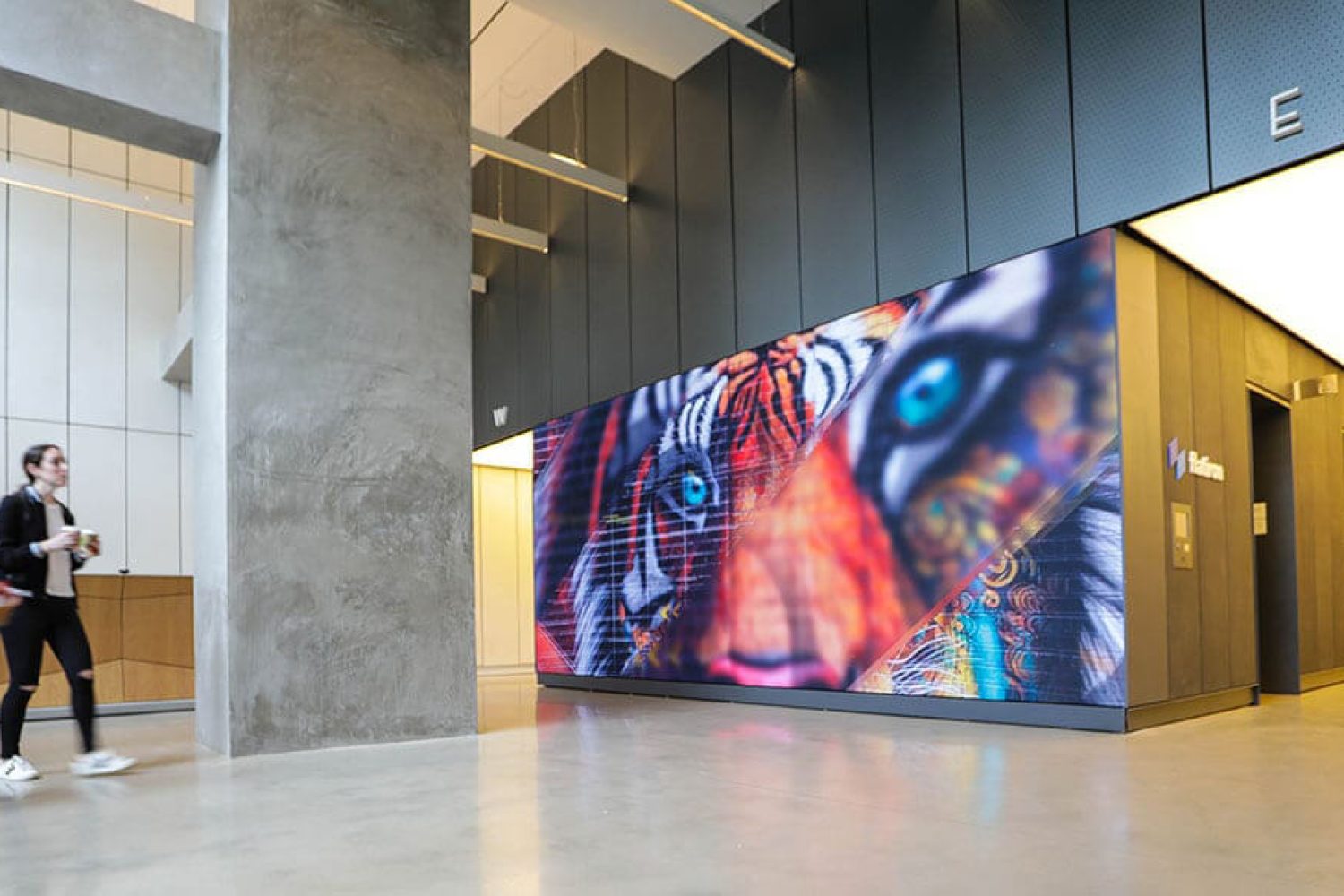Clarifying Light Emitting Diode Panel Screen Brightness Metrics for Peak Display Functionality
Clarifying Light Emitting Diode Panel Screen Brightness Metrics for Peak Display Functionality
Blog Article
LED wall panels are more and more popular across different settings, including residences and commercial spaces and public spaces. These panels are recognized for the vivid and dynamic displays, which render them ideal for conveying information, advertisements, as well as entertainment. However, understanding brightness brightness levels of Light Emitting Diode panel screens remains crucial to guaranteeing ideal display performance. Brightness is quantified using units called candelas, which indicate how much luminosity is emitted by a panel. A greater number of number in nits, the brighter the display will be. For instance, instance, one panel with 1,000 candelas is considerably more vivid compared to a featuring five hundred nits, making it more suitable for brightly lit settings.
As you selecting a Light Emitting Diode wall panel, it is crucial in consider the environment where that the screen will be used. In brightly lit areas, such as retail environments and open-air settings, higher increased brightness level becomes essential to guaranteeing visibility. On the other hand, within dimmer settings, such as theaters and meeting spaces, a lower brightness level may suffice. This is because excessive bright excessive brightness in an dim environment may lead in viewer discomfort for viewers, making it more difficult to focus with a display. Therefore, understanding specific specific needs for an installation location will help in selecting the right brightness rate to ensure optimal viewing experience.
A further important element to consider the contrast differential ratio in an Light Emitting Diode panel screen. This contrast measurement indicates the disparity between the most luminous white versus the darkest black black which a panel is able to produce. A higher differential proportion means the display can the display is capable of show more detail and depth, which enhances general visual quality. For instance, one panel boasting a differential proportion at 10,000:1 is able to show visuals featuring greater brilliant colors and crisper features than a featuring a ratio of 1,000:1. This becomes especially important when displaying visuals and motion graphics that require high definition as well as fine details, including presentations and promotional material.
Additionally, the technology mechanism that drives Light Emitting original site Diode wall panels plays an crucial role in their brightness as well as overall efficiency. Various kinds of LED technologies, such as OLED and Liquid Crystal Display, possess distinct characteristics that affect the way luminosity is perceived. OLED panels typically offer better contrast as well as darker blacks, creative installations with leds thereby can improve the viewing experience in dim environments. On the other hand, traditional Light Emitting Diode screens may be more suitable in well-lit environments because of the ability to generate greater levels of illumination. Comprehending these technological variances will guide consumers to deciding on informed choices according to specific specific needs.
In conclusion, regular maintenance and calibration of LED wall panels may help maintain ideal illumination and performance long-term. Dust as well as particles can build up on the screen, impacting the illumination as well as clarity of a display. Regular washing and expert adjustment may ensure that panel screen operates in its optimal, offering consistent image quality. Moreover, certain advanced Light Emitting Diode panel panels feature with built-in options that enable operators to modify illumination settings and color adjustments according to individual preferences. By taking such steps, operators will ensure that LED Light Emitting Diode panel screens provide an best display efficiency, regardless of where environment in that they are used.